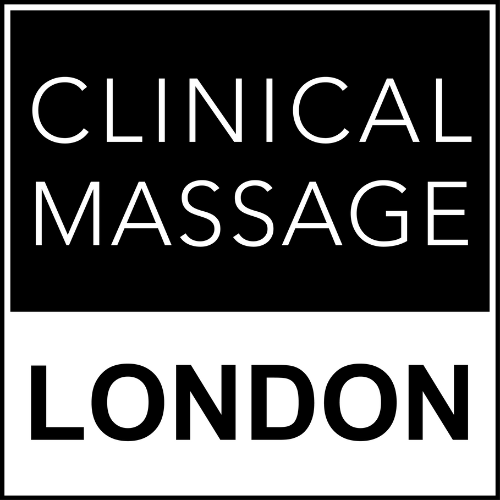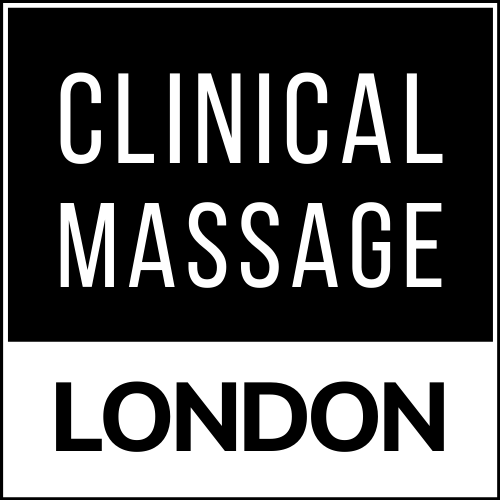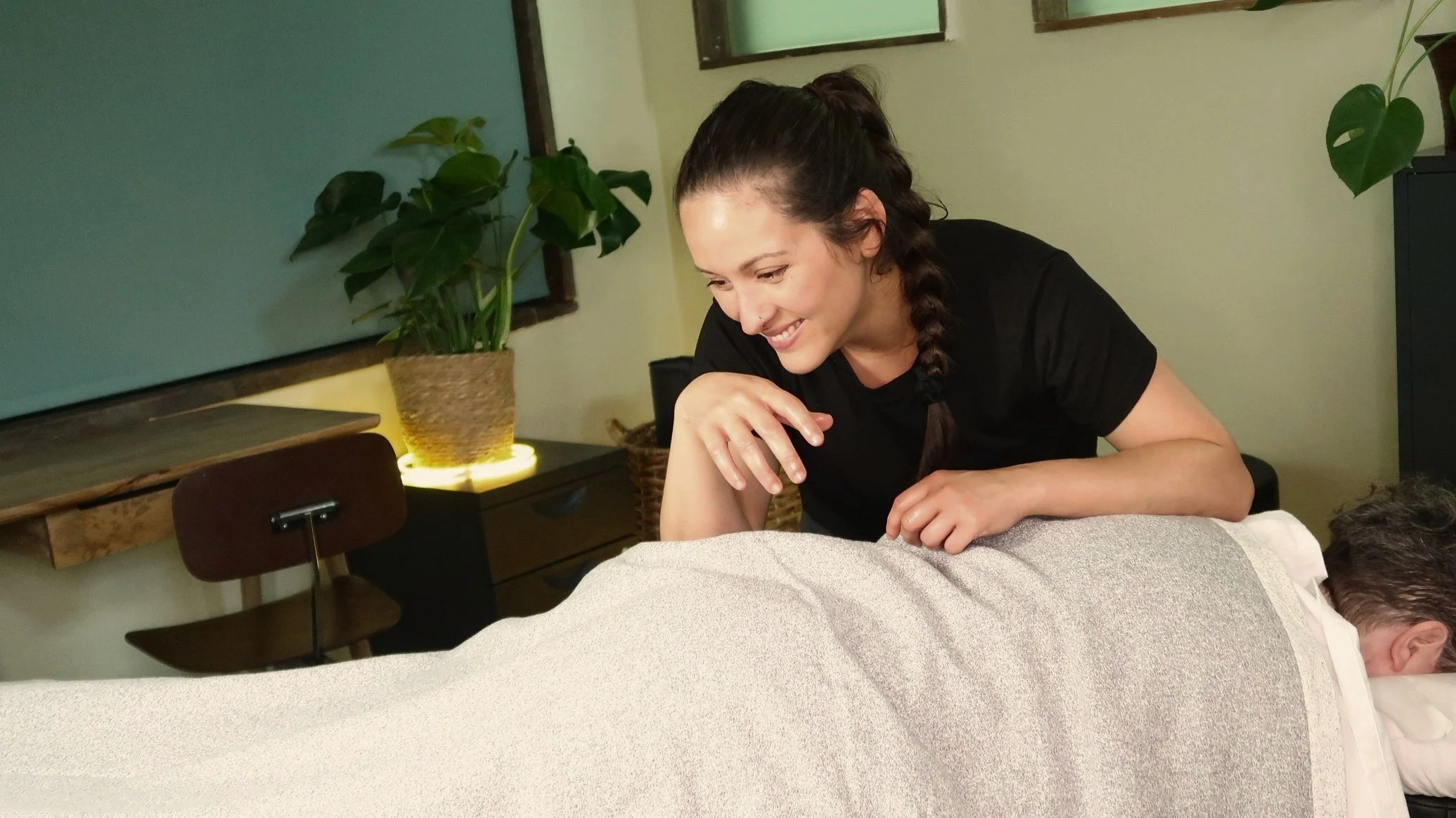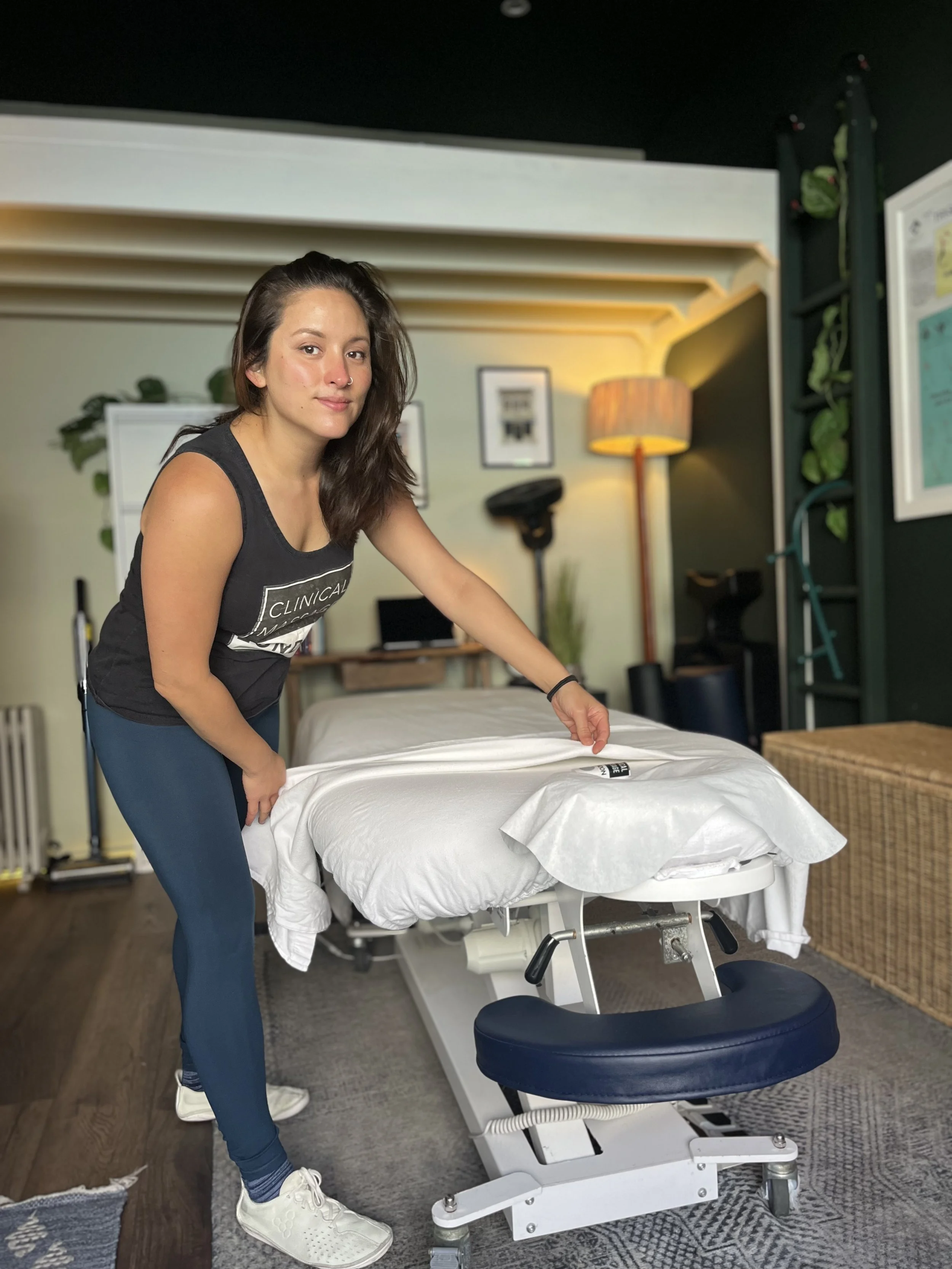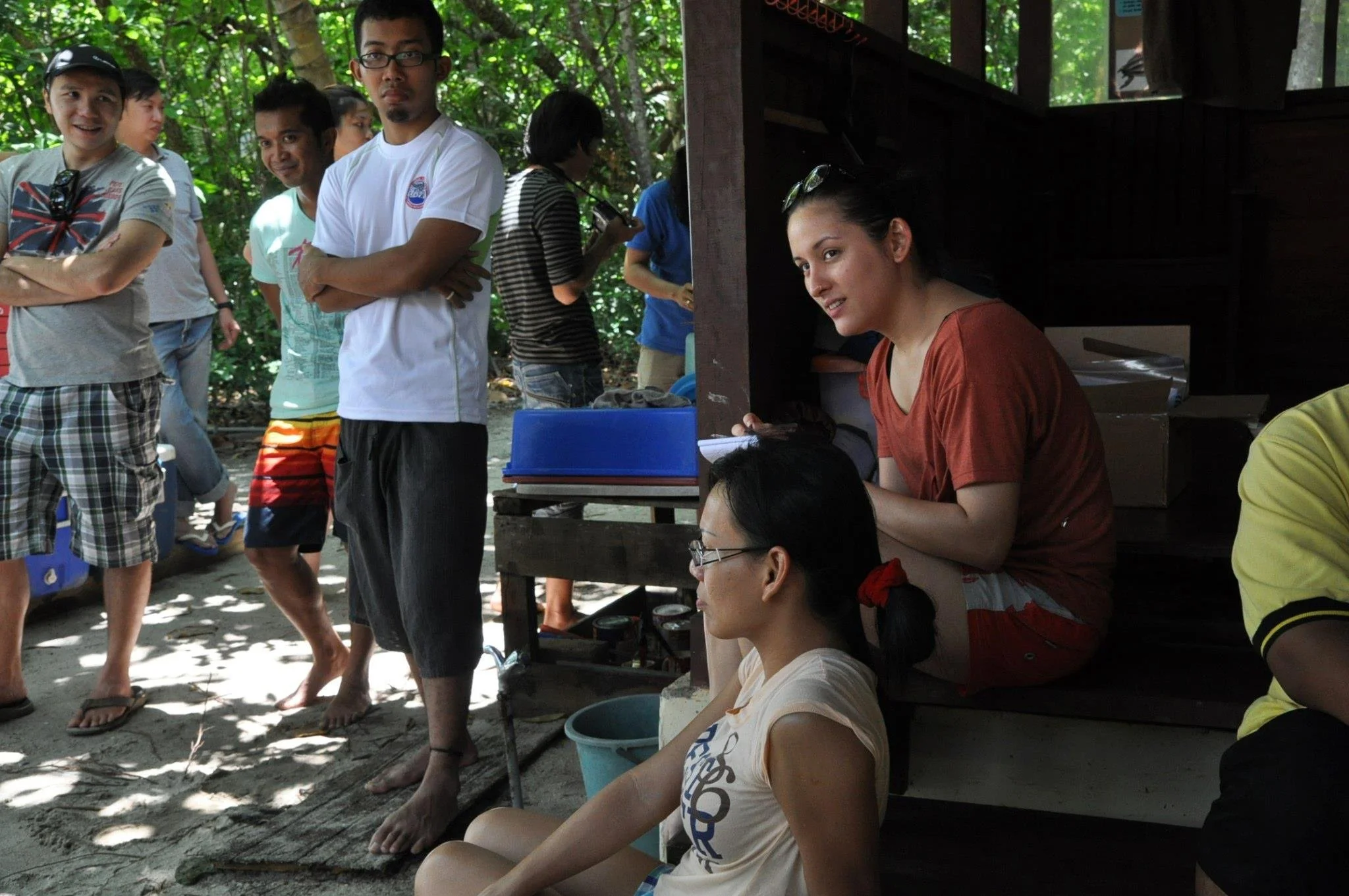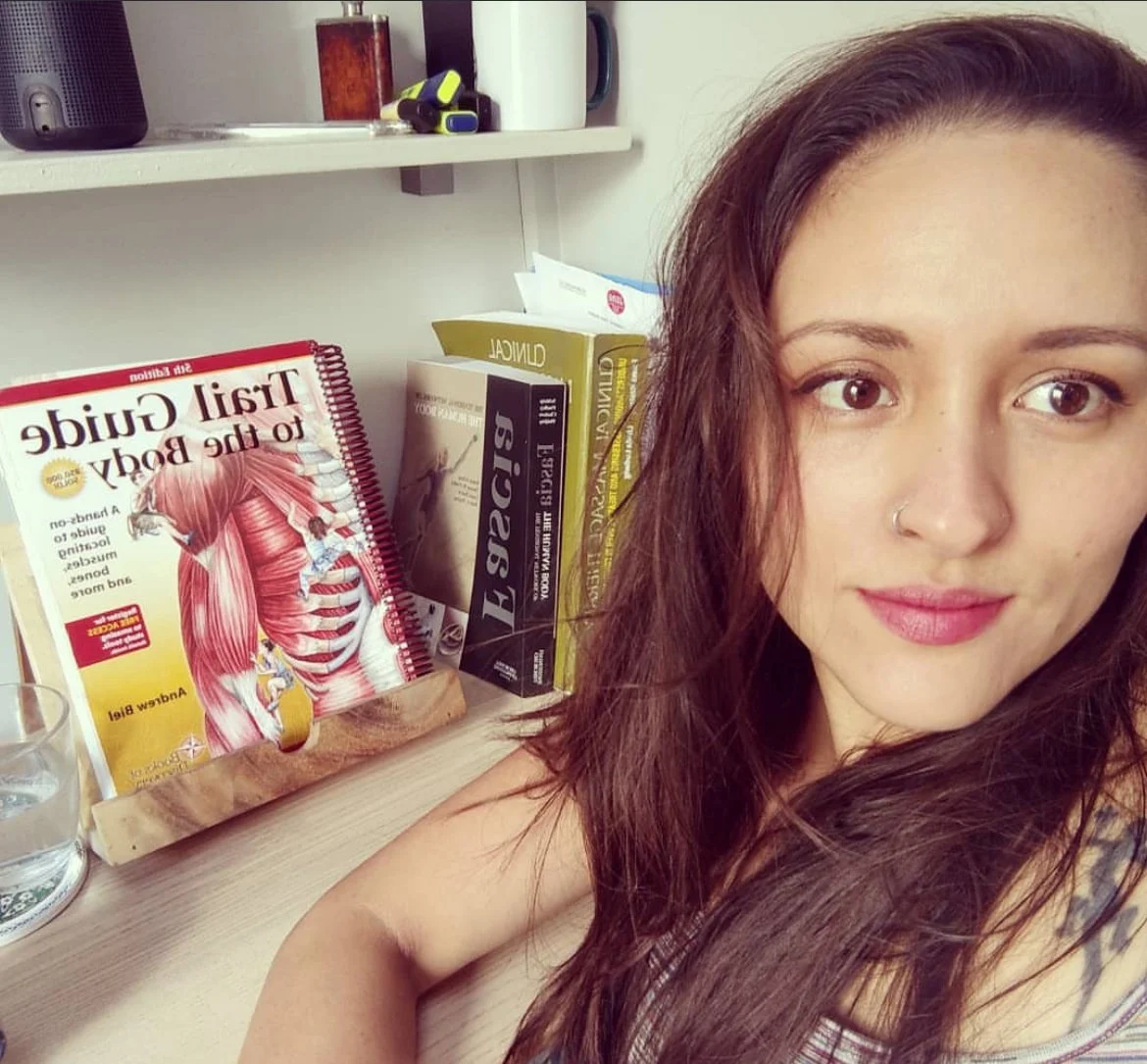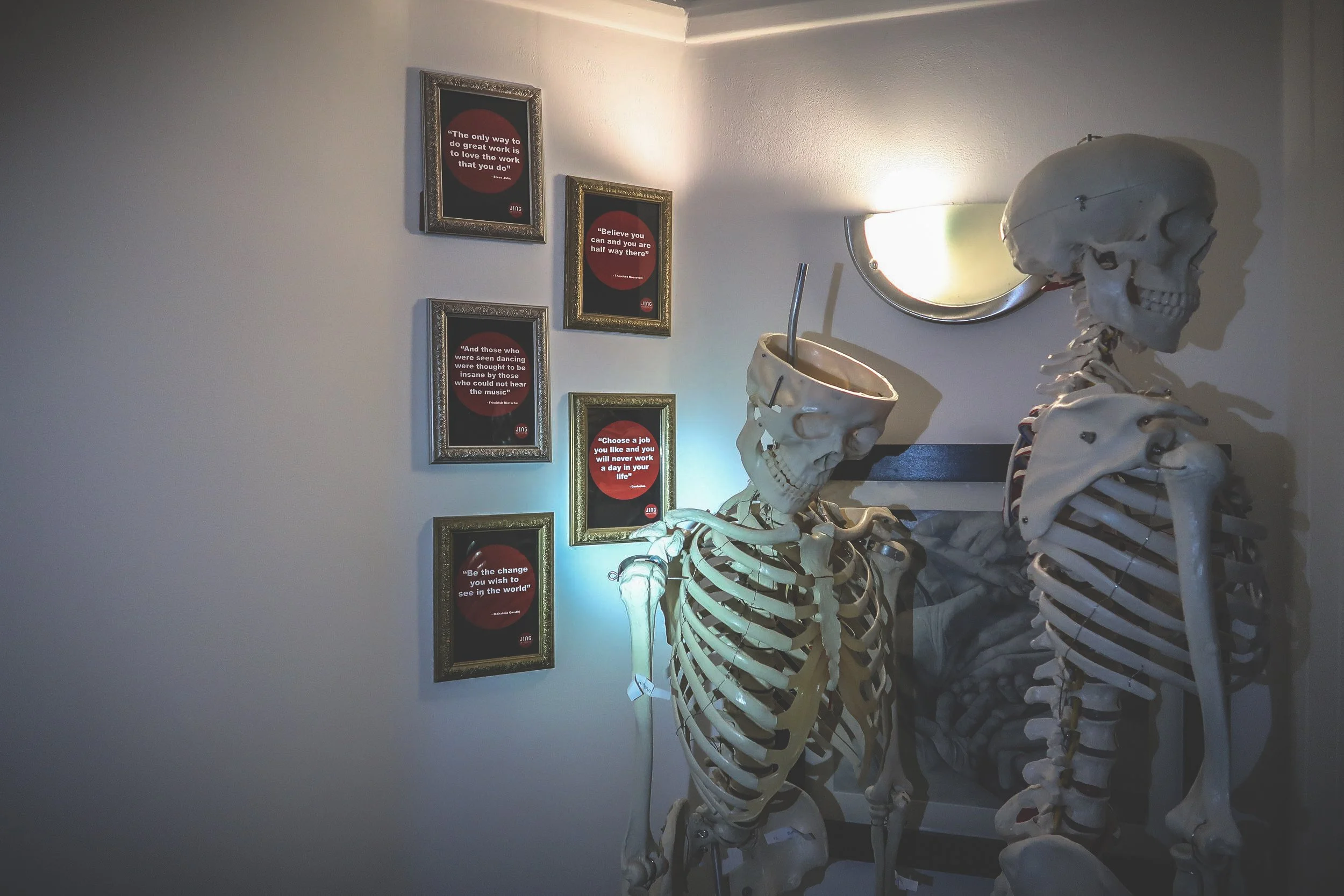ABOUT
NATALIE HENG
Clinical & Sports Massage Therapist (BTEC 6, SMA Reg) | Ex-Science Writer | BSc (Hons)
Hi! I’m the clinic owner and a massage therapist here at Clinical Massage London in London Stoke Newington.
Over the years I’ve helped hundreds of clients get out of pain and feel better in their bodies. Here’s a little bit about my background and how I became a massage therapist.
My Manifesto For Massage
I love that massage lies at an intersection of artistry and science – a good massage isn’t just about technique, it’s about intuition and communication.
I think it’s fascinating how our central nervous systems process and react to the mental and mechanical challenges of daily living through physical tension and posture, which can sometimes lead to discomfort, pain or even injury.
As soft tissue therapists, we have a unique opportunity to intervene in the feedback loop between pain and the brain. Massage therapy is the perfect vantage point from which to explore our roles as caregivers operating under a biopsychosocial model of care, where physiological, psychological and social factors are thought to reciprocally influence each other within a multidimensional view of pain.
From the more clinical aspects of assessing a client’s needs and delivering a targeted treatment; to the less tangible but equally valuable role of making people feel heard through mindful and empathetic touch - massage therapists are in a unique position to fulfil not just the ‘bio’, but also the ’psycho’ and ‘social’ elements of care.
How I Got into Massage
I did my undergrad degree in biology at Imperial College London, graduating in 2008 just in time for the financial crash. It was perfect timing to do some soul searching.
I loved science but I wasn’t great at math or chemistry. I just really enjoyed understanding how things and systems work in theory without having to actually to get too involved with any, you know, statistics.
It was at this stage that I decided journalism would be my calling - the perfect plan to marry my curiosity for how things work with the strengths I did have - storytelling and people skills.
So not having a trust fund to carry me through an infinity of unpaid internships, I left London and returned to my home in Malaysia.
In Asian countries highly paid accounting or medical careers are more sought after than reporting. But it wasn’t just that moving back would mean not having to climb the impossibly high barriers of competition.
Geographically speaking, Malaysia was a treasure trove for covering all the subject matter that interested me at the time - which was anything to do with wildlife and the environment.
I ended up moving from news into features at The Star, one of Malaysia’s national dailies, where I got to cover all kinds of interesting stories - from regulatory issues affecting the illegal wildlife trade, to how habitat loss leads to zoonotic spillover events like Monkey Malaria in humans.
But aside from the really cool stuff I got to learn about, I realised one of the best things about being a journalist was making people feel heard.
People provide context.
And that context informs the bigger picture.
And making that bigger picture accessible - helping people see how it’s relevant to them - is a way of giving back.
When you write a story showing how what they said, did, or thought was important people are grateful.
Grateful someone didn't just talk to them, but really listened, understood, and took the time to piece it all together
And receiving gratitude whether it’s from a marginalised community affected by policy, a scientist trying to educate and inform, or just an individual whose made to feel like their opinion counts; that’s priceless.
And I guess that’s why when I finally came across massage as a career, it felt right.
At some point it was time for a career change.
I remember thinking in that period when digital was taking over print, and there a growing pressure on newspapers to reinvent themselves, I might do well to reinvent myself too.
So after yet another chapter of odd jobs and soul searching, massage popped up as a possibility.
Initially it was meant to be a stop gap. Something to do whilst I figured my life out after moving back to the UK in 2017.
But the more I learned about massage therapy and its potential, the more I became convinced it was what I needed.
I love that massage lies at an intersection between art and science – a good massage isn’t just about technique, it’s about intuition, creativity and communication.
And like good journalism, it’s a chance to make people feel heard.
So I began my journey at the Jing Institute in Brighton.
And before I knew it, I’d signed up to their three year diploma in Advanced Clinical and Sports Massage!
I loved how their style of teaching, and their authenticity as people - flaws and all - embodied those principles. I loved how they emphasised treating the whole person.
The significance of this term - the bio-psycho-social model of pain - was at the heart of their approach
Massage is about how we create a safe space for people to feel the sensations of tension, pain and relaxation in their own bodies.
Yes, it’s about problem solving. Us therapists use the technical skills we have learned, and our knowledge of musculoskeletal anatomy and causes of pain or pathology to provide targeted treatments that often make people feel physically better, but we are also in a position to bear witness to, and be a participant in their storytelling.
When you are listening to someone explain their pain; what someone else has told them about the nature of their pain - they are telling you their story - and by working together, you both have the chance to influence it.
The therapist does this first by gaining trust, by listening and making people feel heard.
In the treatment we respond to someone’s problem or goal with a treatment tailored to what they asked for.
We also check in and make sure we are on the right track, and we prompt them - empowering them to give feedback about pressure, and what feels good - or bad.
When trust and credibility has been established in this way - we can explore, encourage curiosity, and educate.
Sometimes that happens just by talking, gently exploring potential causes of pain: sifting through what sensations might be a cause for concern and what sensations are likely temporary responses to physiological or life stresses.
We might deactivate a trigger point, or reduce discomfort through stretching, gently guide them into a range of motion they didn't know they could have, helping them overcome fear of movement.
We might gently challenge theories around old narratives - like ‘low back pain runs in the family’ - encouraging curiosity around new ones - like how movement, strength, capacity building and stress reduction have shown to potentially help reduce or play preventative roles in all sorts of pain.
See? In some ways, massage is just like journalism: listening, processing, and offering interesting (and hopefully useful!) angles. Making people feel heard, and empowering them through being a positive influence in their storytelling.
Maybe it’s a creative stretch, but it’s one I like :)
Anyway, after I got qualified, I went from mobile work to being a resident therapist at The Soma Room, (Ealing’s best kept secret!), to opening my own clinic in North London.
Since 2024 the team at Clinical Massage London has expanded, and now I get to support other, equally passionate therapists who believe in the power of bodywork, to help people too.
I absolutely love what I do and can’t imagine being in a career where I didn’t get to bask in the validation that comes with making people feel better.
And whilst there’s always more to learn, and more ways to grow, I’m happy with the direction massage has taken me in.
